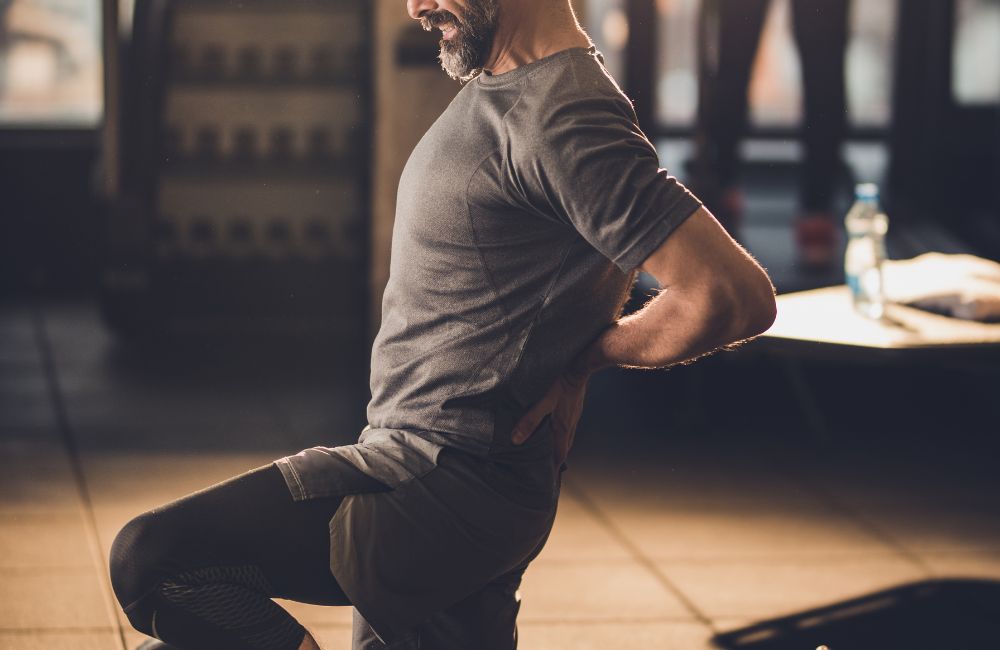
As we get older it is important that we modify our training slightly to accommodate our aging bodies.
Here are 4 strength training exercises you need to avoid after 60 to prevent injuries.
For one thing, older individuals are full of wisdom and experience. Younger people can’t hope to achieve this level of knowledge until they reach old age themselves.
At the same time, older people’s bodies can really take a beating over the course of their lives. This is due to both lifestyle choices and natural processes that affect us over time.
For instance, many of us will develop osteoarthritis, or a wearing down of the joints, due to accumulated stress over time.
Furthermore, a large number of older individuals will lose muscle and bone due to processes such as sarcopenia and osteopenia.
In short: you have a lot working against you as you get older!
But by selecting the right exercises and avoiding those that may no longer be appropriate for you, you can enjoy a long, healthy, active life for many years to come!
Exercises to Avoid After 60
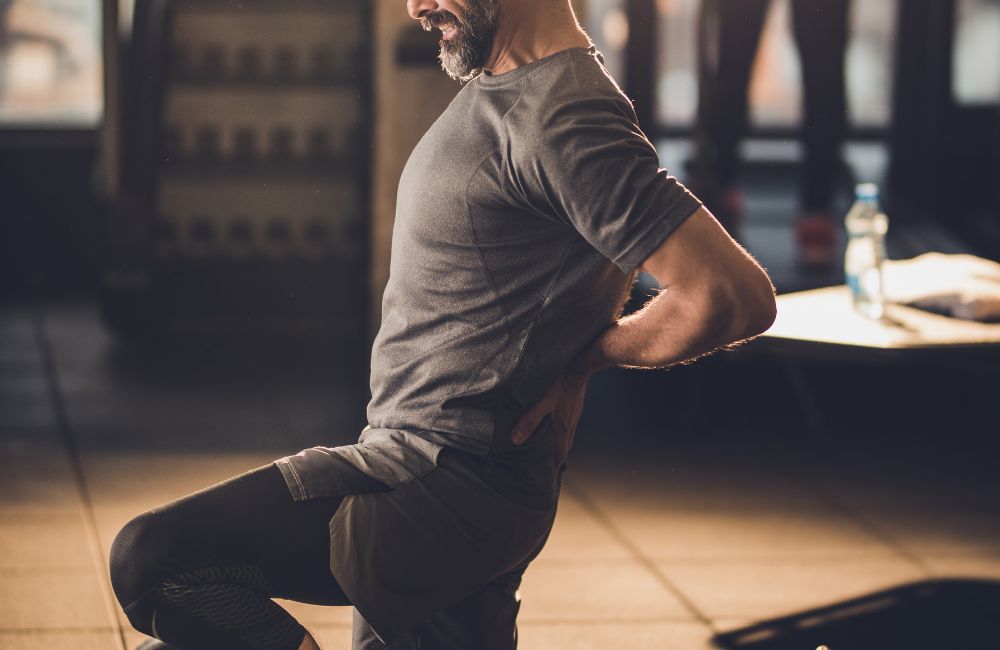
There are a few key considerations you should make as an older adult who is looking to get into an exercise routine.
First off, you should perform exercises that promote good bone, muscle, and cardiorespiratory health. If you’re only looking for a single exercise that would benefit you most for the rest of your life, walking would check all of those boxes.
Furthermore, you should avoid movements that put excessive strain on your joints or those that present a reasonable risk of serious injury.
In the next section, I’ll outline some of the exercises that most seniors should consider avoiding. That being said, everyone is different! You may regularly perform these exercises as a senior, with no ill effects. If so, that’s awesome! Keep up the good work.
For everyone else, consider subbing these moves out for some safer alternatives.
Heavy Deadlifts
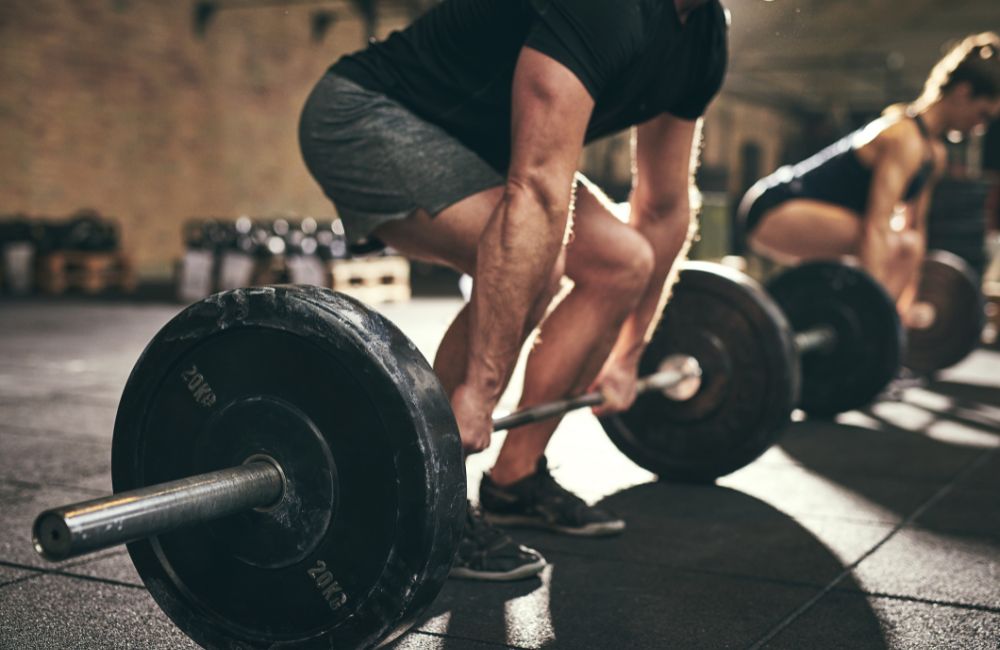
There is nothing inherently wrong with deadlifts. In fact, deadlifts are one of the most functional exercises there is. This move works a ton of muscles and helps you improve your independence.
However, the lift can put a strain on your back, if you don’t have perfect form.
For this reason, you may instead perform deadlifts without weight, with very lightweight, or with a hex bar. Alternatively, you may also decide to complete squats instead of deadlifts in order to work for these major muscle groups more safely.
Upright Rows
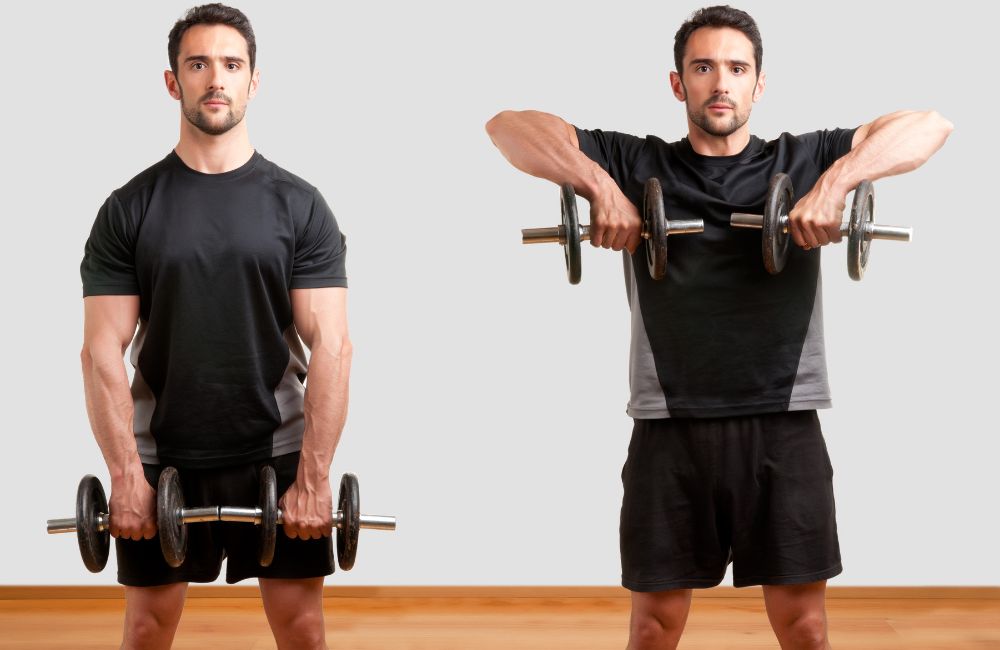
Personally, I don’t really like upright rows for anybody, no matter how old or young they are.
This exercise forces the shoulders into an unnatural position.
Furthermore, the upright row puts an unbelievable amount of stress on the rotator cuff tendons. When you factor in the vulnerable position of the shoulder and the stress placed on the rotator cuff, you have the perfect recipe for injury.
Instead of performing this move, I’d recommend you complete machine rows and shoulder presses. You’ll hit all of the same muscles in a much safer way.
Behind the Head Lat Pulldown/Pull-ups
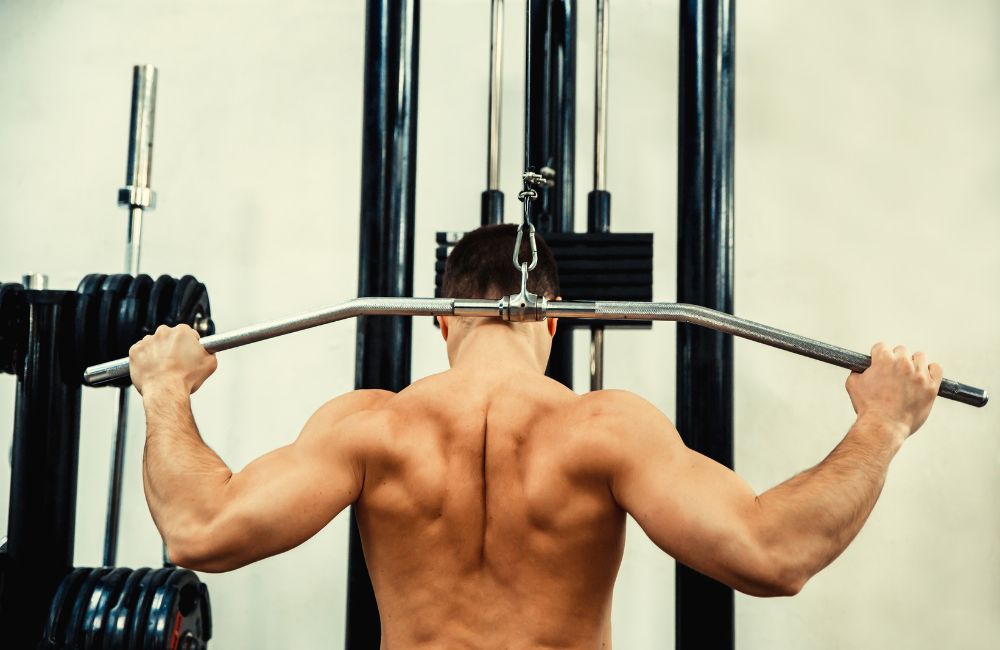
There are a couple of famous movies that, at one point, made everyone want to do behind-the-head pull-ups.
While this move can be effective for strength building, most people do not have the shoulder mobility to safely perform it.
In fact, much like the upright row, I don’t really recommend this exercise to anyone. It’s not worth the risk when you can get the same benefit with lat pulldowns and pull-ups in the traditional manner.
Bench Dips
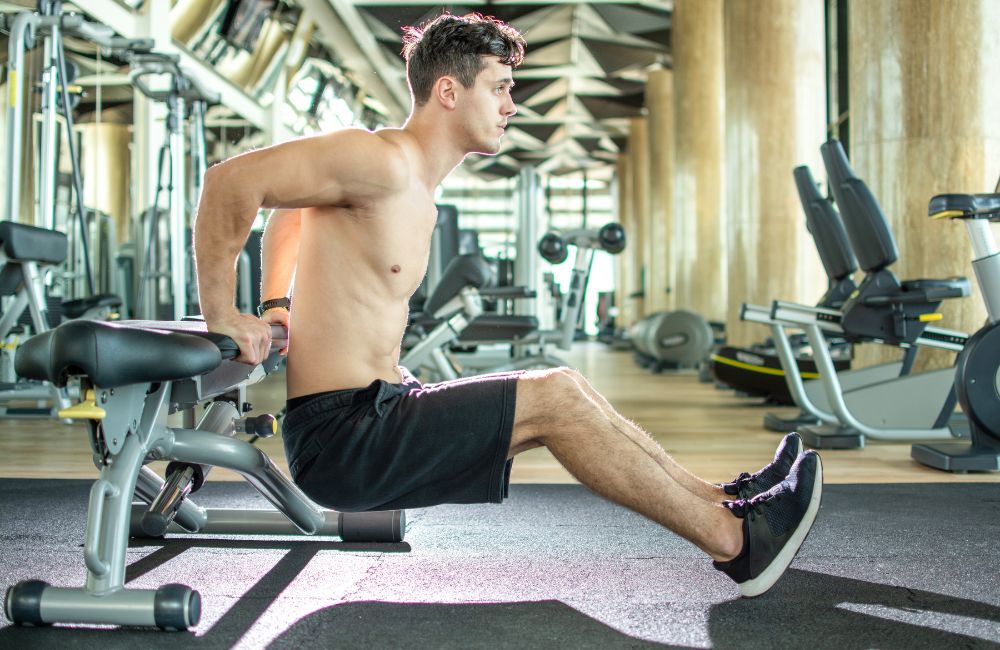
Dips are a terrific exercise for building tricep, chest, and shoulder strength. These muscles are critical for good health.
However, bench dips put your shoulders in an incredibly vulnerable position. Specifically, you’ll be predisposing yourself to anterior (front) shoulder problems.
Therefore, I recommend that you complete standing dips, pushups, or bench presses to hit these muscles.
Conclusion
When it comes to exercise selection, you have an unthinkable number of options. However, depending on your age and other considerations, you should abstain from certain movements.
If you are looking for some alternatives to exercises that can lead to pain and dysfunction, check out my recommendations above!
Works Cited
- Delmonico, M. J., & Beck, D. T. (2016). The Current Understanding of Sarcopenia: Emerging Tools and Interventional Possibilities. American journal of lifestyle medicine, 11(2), 167–181. https://doi.org/10.1177/1559827615594343
- Lems, W. F., Raterman, H. G., van den Bergh, J. P., Bijlsma, H. W., Valk, N. K., Zillikens, M. C., & Geusens, P. (2011). Osteopenia: a diagnostic and therapeutic challenge. Current osteoporosis reports, 9(3), 167–172. https://doi.org/10.1007/s11914-011-0062-3


